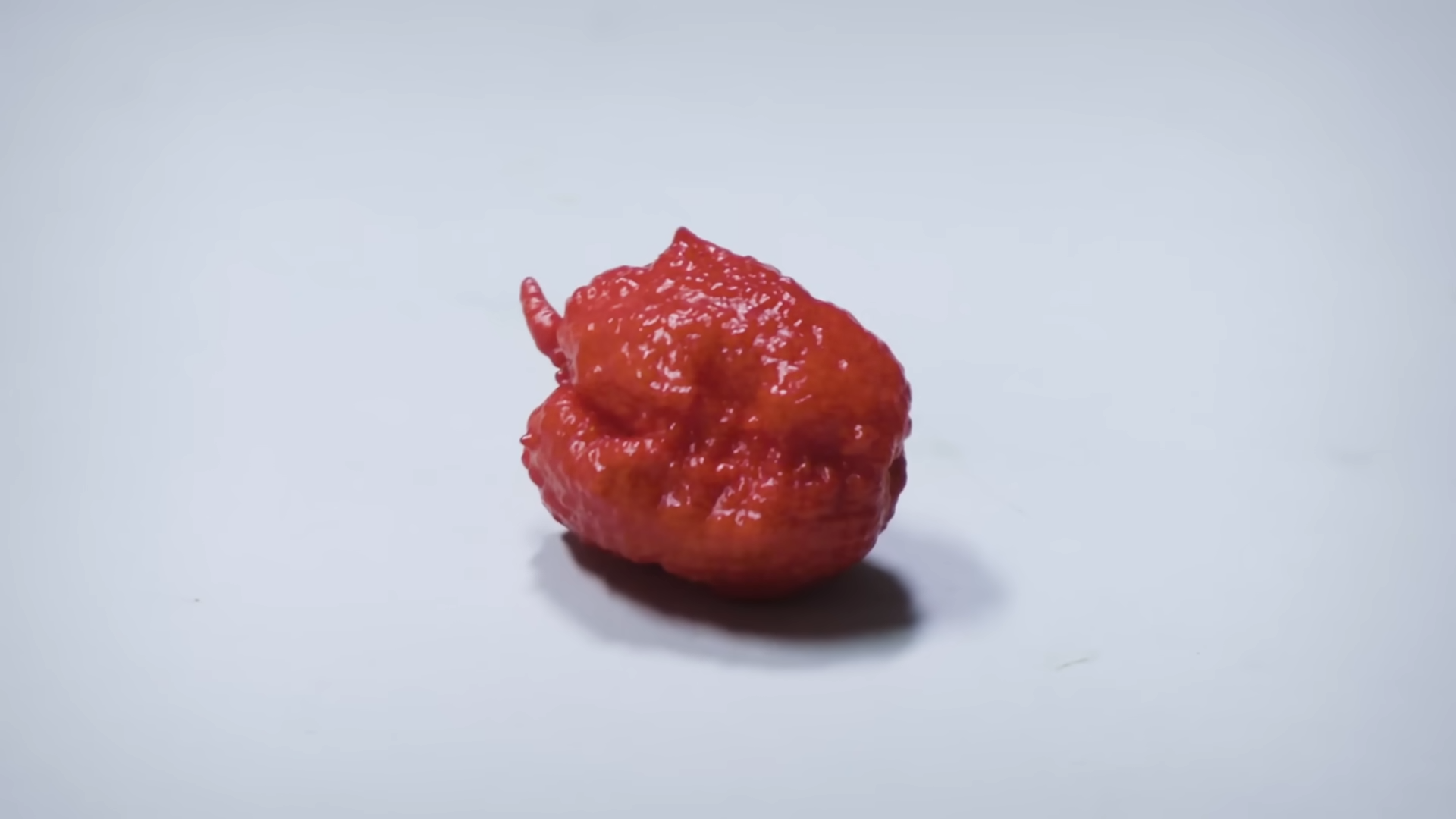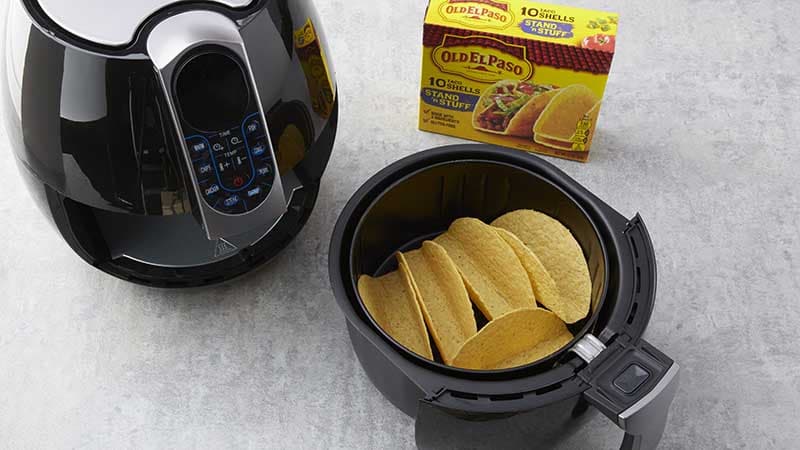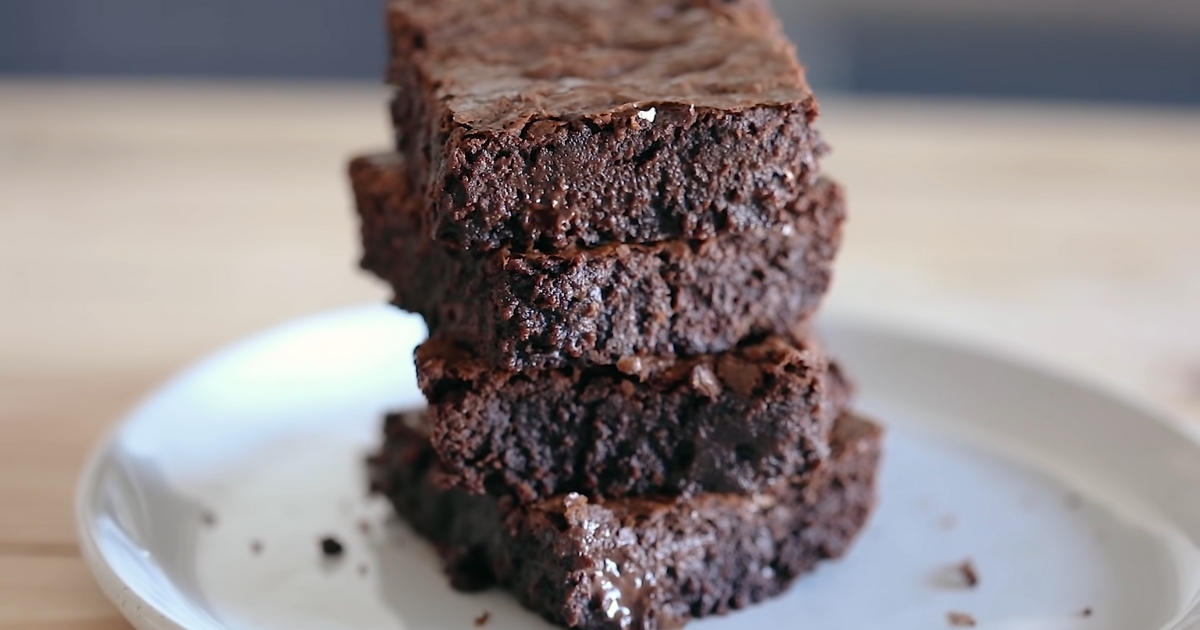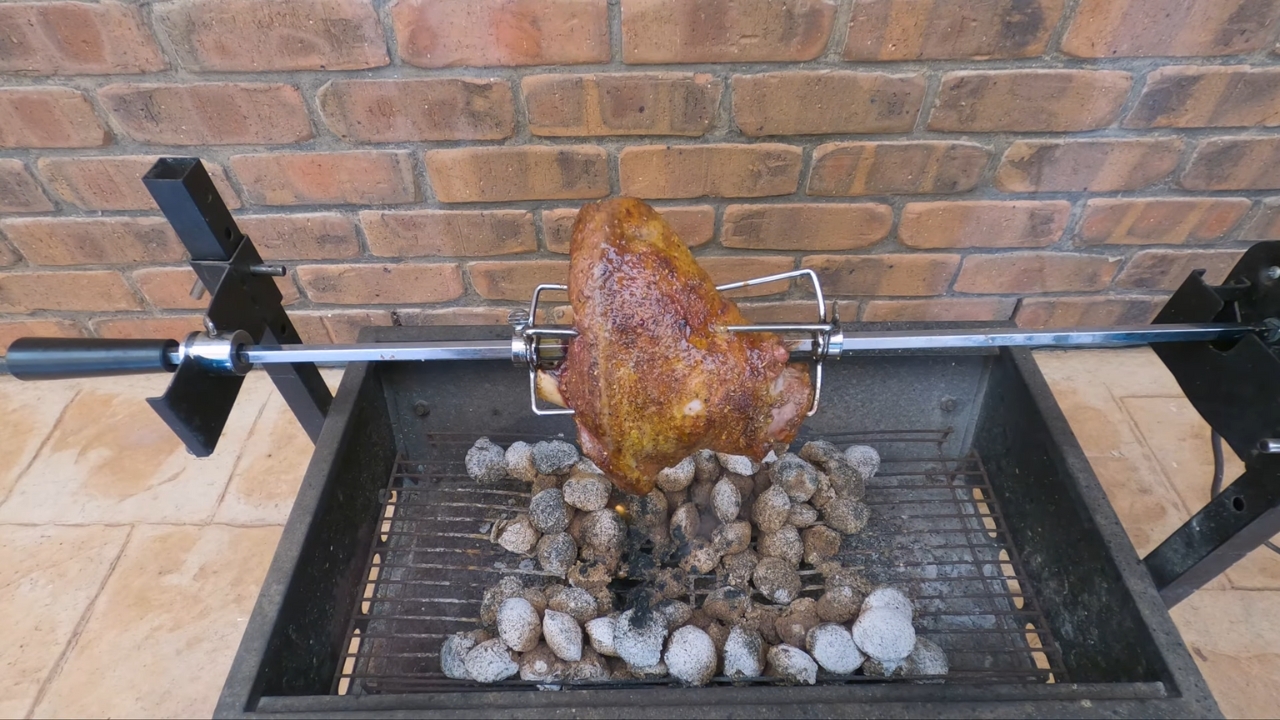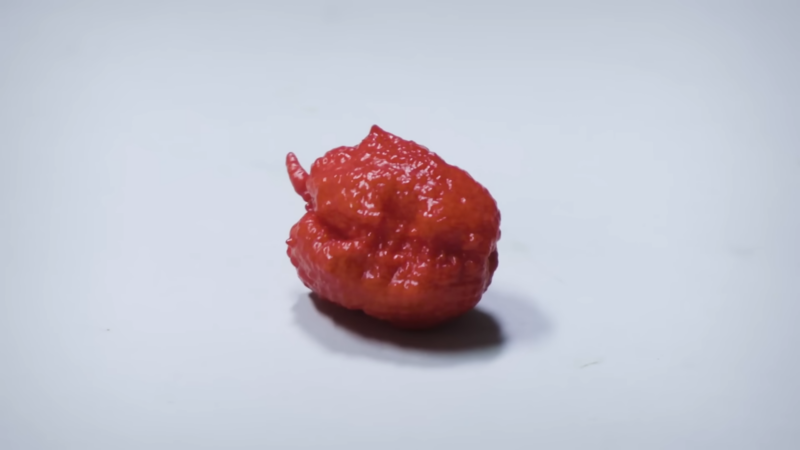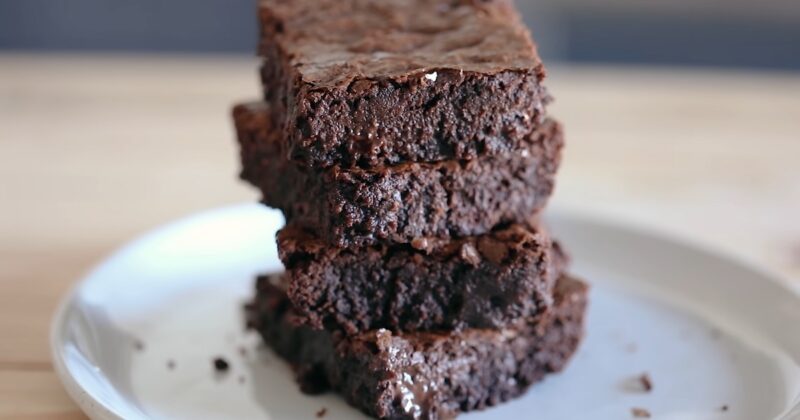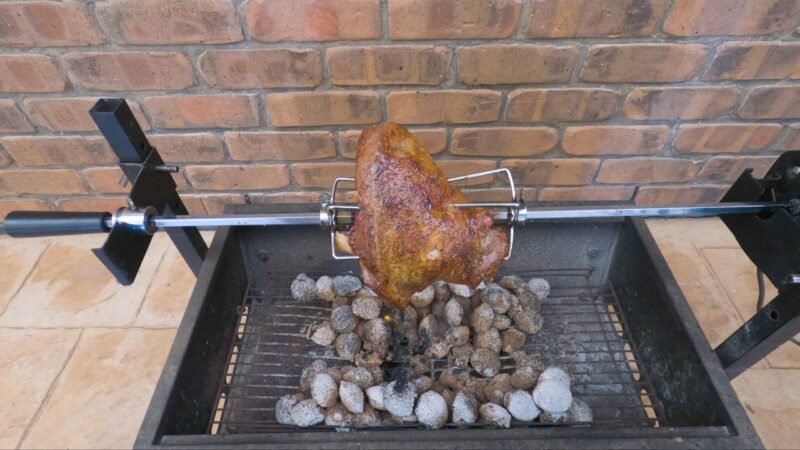
As a seasoned expert in the field of home energy efficiency, I’ve encountered numerous questions about the power consumption of household appliances.
One query that often surfaces is the amount of electricity kitchen exhaust fans use. It is a pretty frequently asked question.
These fans are pivotal in maintaining air quality and removing excess heat and odors from cooking, but their impact on your electricity bill is worth considering.
Let’s explore the factors that influence their energy use and how significant they might be in your overall energy consumption.
Table of Contents
ToggleFactors Influencing Energy Consumption
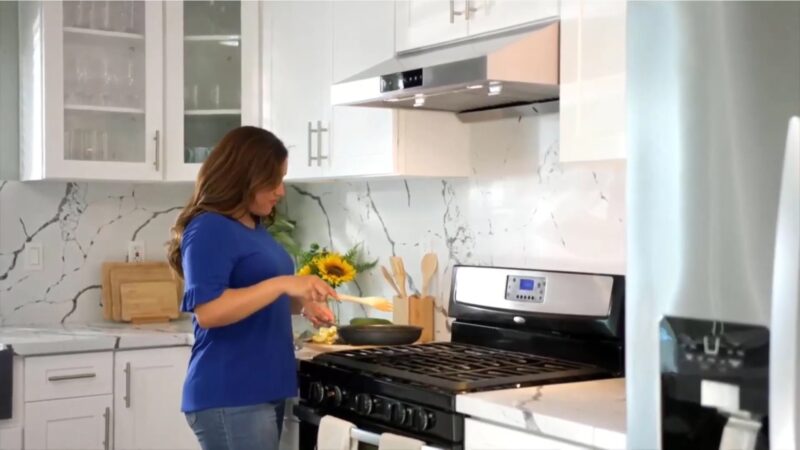
An average kitchen extractor fan uses up to 200 watts at all times, and it can run for 5 hours per day.
Still, the energy consumption of exhaust fans can be influenced by various factors, from the model’s efficiency to the type of cooking you often indulge in.
Here’s a breakdown:
- Efficiency of the Fan
- Modern models, especially those with energy efficiency labels, are optimized for top performance with the least power consumption.
- When shopping for a new fan, look out for certifications or energy ratings, as these can give insights into the power usage and efficiency.
- Size of the Space and Cooking Style
- Larger spaces or those that see a lot of smoke and fumes might need more powerful fans, leading to increased power consumption.
- The type of cooking you do matters. Activities like deep frying or grilling produce more smoke, prompting to operate at higher speeds or for extended durations.
- Control Settings
- Variable speed settings let you tweak its speed, allowing energy savings, especially during less intense cooking activities.
- Maintenance
- A well-maintained exhaust system runs more efficiently.
- Clogged or unclean systems need to work harder, consuming more energy in the process.
Being aware of these factors can help in making informed decisions, ensuring that the exhaust fan provides optimal performance without unnecessary energy expenditure.
Ways to Optimize Power Usage
Given the essential role exhaust fans play in the kitchen, it’s unrealistic (and unwise) to eliminate their usage entirely to save power. Instead, consider strategies to optimize their use and reduce unnecessary energy consumption. Start by using the fan only when necessary.
Turning it on when heavy smoke or steam is produced and switching it off once the air clears can help in conserving energy. Integrating your exhaust system with smart controls or timers can automate this process, ensuring it runs only when needed. Ensuring regular maintenance and cleaning can also enhance efficiency.
An unobstructed, clean system doesn’t have to work as hard, reducing power consumption. If you’re in the market for a new one, look for models with energy-saving features or those that come with energy-efficient ratings. While they might be a tad pricier upfront, the long-term savings in your energy bill will be worth the investment.
Consider using other energy-efficient cooking methods and appliances. By reducing the amount of smoke and fumes generated, you indirectly reduce the operational hours, leading to energy conservation.
The Impact on Your Electricity Bill
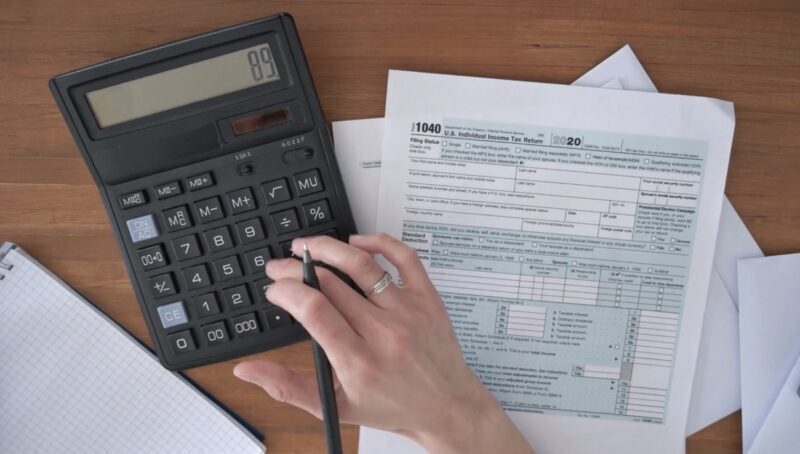
To genuinely grasp the impact of exhaust fan usage on your electricity bill, you need to break down the numbers. Let’s assume you have the one with a power rating of 100W, and you use it for 2 hours daily. That equates to 200 watt-hours or 0.2 kilowatt-hours (kWh) each day.
Over a month, the fan would consume about 6 kWh. Now, multiply this usage by your electricity rate to gauge the cost. If you pay 10 cents per kWh, using it would add approximately 60 cents to your monthly bill.
While this might seem insignificant, remember that every appliance and its usage add up, contributing to your overall monthly expenses.
Comparing with Other Household Appliances:
| Appliance | Energy Consumption Details |
|---|---|
| Central Air Conditioner | Consumes around 3000W when running. Operates several hours a day during peak summer. |
| Refrigerator | Uses between 100-400W, based on size and efficiency. Runs intermittently throughout the day and night. |
| Exhaust Fan | Consumption appears minuscule in isolation. Contributes to overall household energy usage. |
Long-Term Implications and Environmental Impact
While the individual economic impact of running an exhaust fan might seem marginal, the collective implications are more substantial. From an environmental standpoint, increased power consumption has broader ramifications.
- Higher power consumption correlates with increased greenhouse gas emissions.
- It particularly true in regions heavily reliant on non-renewable energy sources.
The long-term costs of running exhaust fans, while subtle, can accumulate. By making strategic choices, we can mitigate these costs:
- Regularly upgrading to energy-efficient models.
- Optimizing usage patterns for maximum efficiency.
- Such measures can lead to noticeable savings over several years, benefiting not only your wallet but also contributing to a larger collective effort to reduce our carbon footprint.
It’s crucial to remember that every device in our homes, including the humble exhaust fan, plays a part in our broader energy consumption narrative. By being more mindful of our usage patterns and investing in efficient technology, we set the stage for both economic and environmental savings.
Making informed decisions about energy consumption isn’t just about immediate savings. It’s about fostering a sustainable lifestyle that values efficiency, economy, and environmental well-being.
Advancements in Technology
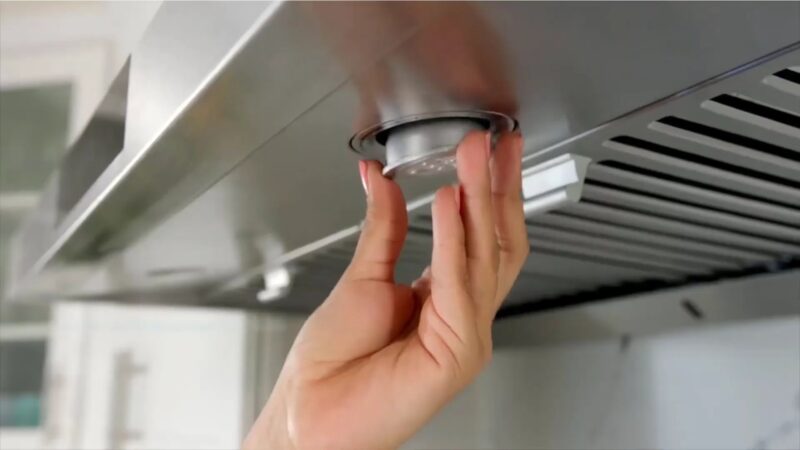
The exhaust fan you might have known a decade ago is not the same as today’s models. Over the years, manufacturers have recognized the importance of energy efficiency and have invested significantly in research and development.
The result? Modern models boast innovative features that optimize energy usage without compromising performance. For instance, some of the latest models come equipped with sensors that detect the level of heat, steam, or smoke and adjust the speed accordingly.
This not only ensures optimal air quality but also ensures it isn’t overworking when it doesn’t need to.
The Value of Energy-Efficient Models
Energy Star, a program run by the U.S. Environmental Protection Agency, certifies products that meet specific energy-efficiency criteria. Those with the Energy Star label have been tested and verified to consume less power than their non-certified counterparts, sometimes by a significant margin.
While Energy Star models might have a higher upfront cost, the long-term energy savings can offset this initial investment. Plus, some regions offer rebates or incentives for purchasing certified products, further lowering the net cost.
Smart Exhaust Systems
As homes become smarter, so do the appliances within them. There’s an emerging trend of integrating exhaust fans with home automation systems. This allows for more intuitive use, such as syncing the fan with your cooking range or stove, so it operates only when you’re cooking.
Predictive maintenance features, where the fan can alert you when it’s due for a clean-up or if there’s a system fault, can also contribute to optimized energy use. By ensuring these operate at peak efficiency, you not only save on energy but also extend the lifespan of the device.
Energy Conservation
Regular maintenance is the cornerstone of efficient appliance operation. Over time, grease, dust, and other particles can accumulate on the blades and internal parts of the exhaust fan. It basically goes like this:
- Accumulation can reduce airflow.
- Reduced airflow forces the fan to work harder.
- Working harder leads to increased power consumption.
By setting aside time every few months to clean and inspect the fan, you can ensure it operates optimally and efficiently.
The Right Size Matters
One often overlooked aspect when considering energy conservation is the size. An undersized model for a larger kitchen may need to run longer or at higher speeds, consuming more electricity.
An oversized fan for a smaller space can lead to unnecessary energy expenditure. It’s crucial to select a fan that matches the size and usage requirements of your space.
Using Timers and Automated Systems
Modern exhaust fans often come with built-in timers or compatible smart systems that help regulate operation times. By setting a timer, you can prevent the fan from running longer than necessary. If the you use doesn’t have a built-in timer, consider installing an external one.
This small addition can help in significantly cutting down unnecessary power usage.
FAQs
How can I find out the exact electricity consumption of my exhaust fan?
You can determine the consumption by checking the power rating (usually mentioned in watts) on the fan itself or its manual. Multiply this by the number of hours it’s used to get daily consumption. For monthly or yearly estimates, adjust your calculation accordingly.
Is it worth investing in a higher-priced energy-efficient exhaust fan?
When choosing kitchen exhaust fans, consider energy-efficient models that may have a higher upfront cost, because they can lead to savings in electricity bills over time. Plus, they often come with added benefits like quieter operation and longer lifespan.
Do all kitchen exhaust fans use roughly the same amount of electricity?
No. The electricity usage can vary based on the model, brand, and features of the exhaust fan. It’s always good to compare power ratings when shopping for a new fan.
Should I be concerned about the environmental impact of using my kitchen exhaust fan?
While even the best kitchen exhaust fans are not the largest contributors to household carbon footprints, being mindful of any appliance’s energy consumption can lead to more sustainable living. Reducing unnecessary use and opting for energy-efficient models can help mitigate environmental impact.
How does the age of an exhaust fan impact its electricity use?
Older models might not be as energy-efficient as newer ones due to wear and tear or outdated technology. It’s a good idea to assess older fans for their current efficiency and consider replacing them if they’re no longer optimal.
In Conclusion
I discovered that the energy consumption of kitchen exhaust fans can vary based on factors like size, motor capacity, and how often they’re used. When we compare them to other household appliances, they typically don’t consume an excessive amount of power.
It’s always beneficial to be aware of our energy consumption, and understanding the usage is no exception. Its role in maintaining a pleasant kitchen atmosphere makes it invaluable. Being informed about its electricity use can help us operate it more efficiently and sustainably.
So now, when I turn on that exhaust fan, I do so with a clear awareness of its impact on my electricity consumption.
Related Posts:
- 10 Best Kitchen Exhaust Fans in 2023 - Get the Best Airflow
- Do Exhaust Fans Remove Heat in the Kitchen: Blowing…
- How Much Brisket Per Person Do I Need? - Preparing…
- Different Ways to Use Himalayan Salt Block In Your Kitchen
- 13 Best Substitutes for You to Use for Sage -…
- What Can You Use as Chili Paste Substitute? - Best…

